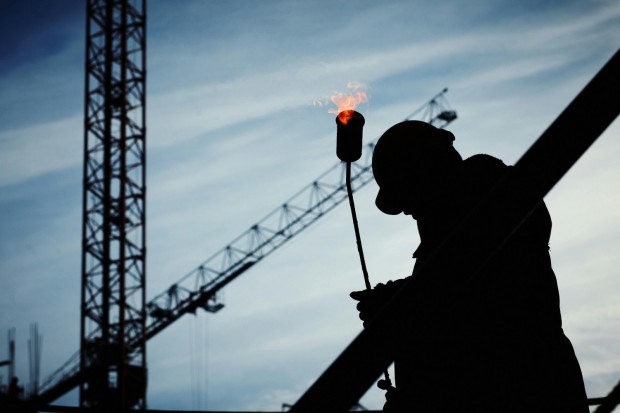Fire causes significant losses in the construction industry and tragically claims many lives. Two fire-rated wall assemblies are used in construction to mitigate these risks: firewalls and fire barriers. Thus, understanding the differences between these two types is crucial for effective fire safety planning in construction projects.

(Photo : Pexels/Yury Kim )
Difference Between FireWalls and Fire Barriers
When fire and smoke are separated in a building, fire partitions offer additional protection against both hazards. As mentioned, partitions have the potential to hold gases and fire. All structural components, including the walls, floors, and ceilings, will be tested and certified as fireproof. Buildings can be protected from fire by using two distinct assemblies: firewalls and barriers.
As mentioned, concrete or steel exterior walls utilized in masonry and timber frame structures are firewalls. Fire-resistant material is stacked horizontally between vertical supports in these structures. In addition, firewalls separated by openings such as doors and windows provide sufficient ventilation. Their resistance rating is the highest of any other component.
On the other hand, fire barriers are composed of continuous layers of fire-resistant material meant to prevent heat from entering the barrier through any gaps on its surface. In terms of resistance, they receive the lowest grade. They are made of steel or concrete. Fire barriers should be positioned in areas with passageways through wall assemblies or floor plates, including stairwells and entryways.
Also Read: 8 Things To Consider When Hiring A Contractor For Your Home Remodeling
Types of Resistive Walls To Resist Fire
Passive measures are employed in the construction of fire-resistant buildings to provide fire resistance to particular components of a structure that need additional protection in the event of a fire. Utilizing opening protections, penetration protection assemblies, and fire-resistant walls and floors to obstruct the flow of heat, smoke, and fire for a designated period without employing active fire suppression systems like automatic fire sprinklers constitutes fire protection by passive means. Fire-resistant walls can be divided into three assemblies based on their ability to withstand fire.
Smoke Barriers
In general, smoke barriers are utilized in specific applications, such as Group I-2 and I-3 occupancies and Areas of Refuge. They are highly similar to fire barriers and are employed similarly. In addition to containing a one-hour fire resistance rating, a smoke barrier is an assembly designed to impede the flux of smoke.
Fire Barriers
Among the many functions that fire barriers provide, some of the most important ones are separating different occupancies, enclosing exits, shafts, and incidental use areas, and separating hazardous material control zones from other parts of the building. A fire barrier can have a fire-resistance rating of between one and four hours, serving the purpose of preventing the spread of fire throughout the assembly.
Fire Walls
Compared to other fire-rated walls, fire walls offer a consistently higher level of structural integrity, continuity, and fire safety. The hourly rating requirement for fire walls typically is three hours, although this range can extend as long as four hours.
Fire Partitions
The primary applications for fire partitions are building corridor walls and serving as tenant separations in shopping malls and residential units. Moreover, as a fire barrier does, a fire partition can stretch from the floor to the roof deck above.
Related Article: Fire Safety Tips in the Worksite: 8 Tips to Keep Your Construction Site Safe







